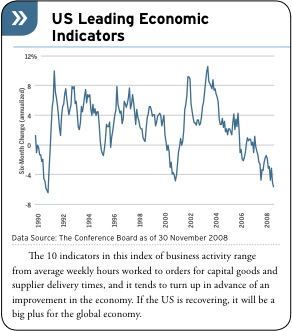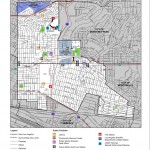The compromise bill passed by the House of Representatives on Friday provides about $730 million for SBA programs, according to the Senate Committee on Small Business and Entrepreneurship. Here are some of the highlights that could prove to be useful to small business companies in Los Angeles and other cities:
FEES: $375 million to temporarily waive or reduce fees in the 7(a) and 504 loan programs. Small-business borrowers have priority, followed by lenders with less than $1 billion in assets, then by large lenders. This should lower loan costs for borrowers and lenders.
LOAN GUARANTEES: $255 million to allow the SBA to temporarily raise its guarantee to as much as 90% for 7(a) loans, excluding SBA Express loans. Maximum guarantees are now 75% for loans of more than $150,000; 85% for loans of $150,000 or less.
MICROLOANS: $30 million for third parties in the microloan program: $24 million to pay for the business consulting they provide; $6 million for the cost of direct loans they make. This program, which focuses on businesses with fewer than 10 employees and loans of less than $35,000, has seen demand increase during the recession.
BRIDGE LOANS: Allows banks to make 100% SBA-guaranteed, small, short-term loans to existing SBA borrowers in immediate financial hardship. Borrowers have 12 months to begin repaying the bridge loan and five years to complete repayment. Applies to loans guarantees of $35,000 or less made after the bill is signed.
SECONDARY MARKET: To help unfreeze the secondary market in which third-party investors buy SBA loans that banks have sold to brokers-dealers, the bill allows the SBA to make loans to broker-dealers and guarantee as much as $3 billion of existing debts in loan pools that are currently not guaranteed. The secondary market has been moribund since the subprime mortgage meltdown. Los Angeles Times

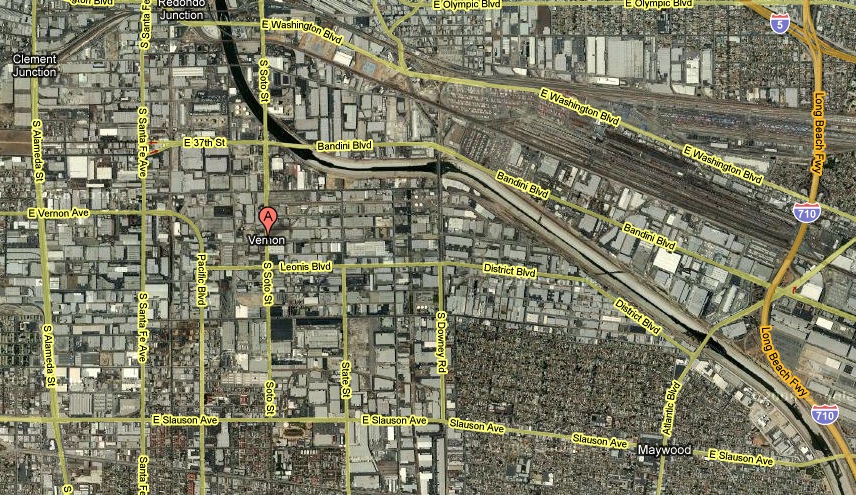
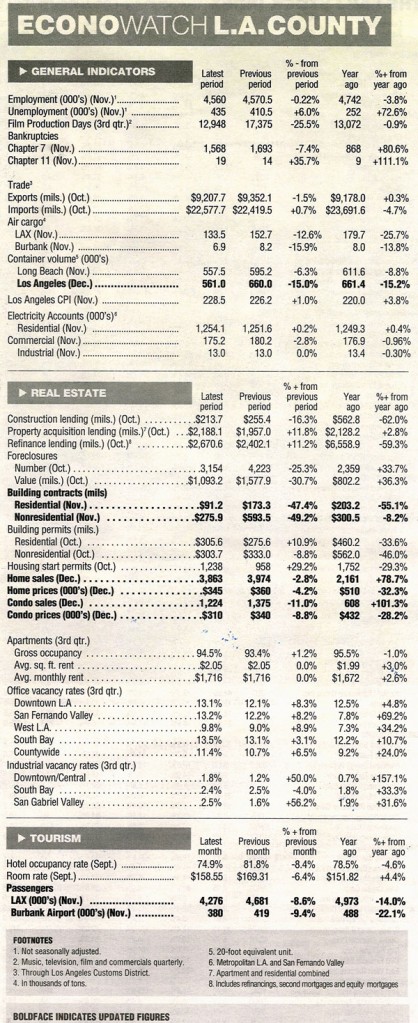
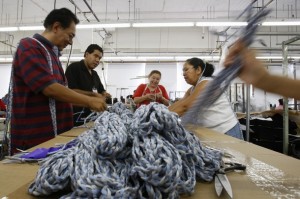 The Bureau of Labor Statistics released its latest U.S. Labor Market Report on Friday, covering the U.S. employment situation in December, and the news was depressing. Total nonfarm employment fell by -524,000 jobs in December, and the job losses in October and September were revised down to -584,000 jobs and -423,000 jobs respectively. In percentage terms, employment has declined by -1.12% in the last three months. This was the biggest three-month decline since mid 1980 and before that, the first three months of 1975 (Both years saw severe recessions).
The Bureau of Labor Statistics released its latest U.S. Labor Market Report on Friday, covering the U.S. employment situation in December, and the news was depressing. Total nonfarm employment fell by -524,000 jobs in December, and the job losses in October and September were revised down to -584,000 jobs and -423,000 jobs respectively. In percentage terms, employment has declined by -1.12% in the last three months. This was the biggest three-month decline since mid 1980 and before that, the first three months of 1975 (Both years saw severe recessions).